In response to U.S. sanctions after pulling out of the Iran Nuclear Deal, Iran threatened to shut one of the world’s primary sea trade routes, while Russia, India and China have provided a key oil lifeline. Can this save Iran’s teetering economy?
4 days before sanctions were set to be brought back into force, the Iranian Navy performed military exercises in the Straits of Hormuz, one of the world’s principal trade corridors for fuel. The timing of the naval exercises (usually they come later in the year) was an Iranian show of resolve and capacity to threaten the global fuel supply. Not long after, Iran announced a new short-range ballistic missile. A few days before, Iran had tested a variant of the missile over the Hormuz area as well.
In July, at a Pentagon press conference, US Defense Secretary James Mattis stated that Iran’s threats to close the Strait of Hormuz “would be an attack on international shipping” and that there would be “an international response” to reopen shipping lanes. According to SecDef Mattis, “Iran has simply got to find that it’s got a better path forward for its people by not being the one to export insecurity. They’ve got to start living by the international rules … They are the exporter of instability across the region.”
Iran’s choice to threaten the world economy comes as their domestic economy is in increasingly dire straits.
Over the past six months, the Iranian currency has gone through 120% inflation. 40% of drinking water in urban areas is contaminated and undrinkable due to degrading pipes. In the past few months, there have been reports of government workers’ salaries going unpaid. In June the crisis broke: the Iranian currency went from 75,500 to one US dollar to 87,000 to one.
Things are even getting so bad that economic migrants from Afghanistan are leaving. More than 400,000 undocumented Afghan migrants left Iran so far in 2018, relative to under 200,000 for the entirety of 2017.
“The rial is worthless. I couldn’t even make enough money to cover my own expenses. So I couldn’t send any money back to my family in Afghanistan,” said Noor Mohammad, an Afghan who had returned to Kabul to seek work.

The crisis has undermined Rouhani’s authority. In late July, he faced multiple cabinet resignations, and replaced the administrator of the central bank. Iranian members of parliament (MP) have summoned Rouhani to answer questions on the government’s management of the economy. And the Iranian President does not want to answer these questions, as indicated by his cancelation of an interview on the subject on Iranian State TV.
Iran’s hardline is infamous for loudly exclaiming its rebellious battle cry “Death to America” and for referring to the United Kingdom as the little devil. But this battle cry has now been superseded by the call “death to high prices” by protestors.
Protests in the last several weeks have broken out in two of the largest cities of Tehran, Shiraz, Ahavz, Mashhad and Isfahan. The protestors are calling on the government to reduce spending on foreign policy objectives, and the chant “No to Gaza, no to Lebanon, my soul is Iran’s redemption” is being reported as the protestor’s slogan. Gaza and Lebanon are two of the Iranian government’s primary allies.
The protests are largely comprised of shopkeepers, farmers and truck drivers, and are focused in the cities’ commercial areas. The protests have disrupted the Iranian economy, because of the mass coordination of shop closures.

In spite of the government’s attempts to intimidate, the protesters are taking to the streets. Riot police have been deployed, electing to use tear gas to disperse protestors on multiple occasions.
“I hereby warn these disruptors of the economic system. Listen well,” said Iran’s Chief Justice Sadeq Larijani while briefing the parliament earlier in the month. He went on to list the potential punishments for disrupting the economy, ranging all the way up to “execution” and “up to 20 years imprisonment.” Both punishments would be accompanied by the seizure of all the individual’s assets.
Thus far around 29 people have been arrested for “economic disruption,” a vague charge attached to the hefty punishments. Some are facing death sentences. Public executions, usually by hanging, have been a hallmark of the country’s courts since the Islamic Revolution in 1979.
Global security under threat
On August 1, Israeli Prime Minister Benjamin Netanyahu threatened Iran with military action.
“If Iran tries to block the Straits of Bab al-Mandab, it will find itself facing an international coalition determined to prevent it from doing so, and this coalition will also include the State of Israel and all its arms,” Netanyahu said.
His remarks came in response to an attack by Houthi rebels in Yemen, which is armed and financed by Iran. The Houthis launched a missile attack at an oil tanker from Saudi Arabia headed for Egypt. The missile damaged the craft. These oil tankers are the lifeblood of the region, and the ones departing the Straits of Hormuz account for 30 percent of all seaborne oil trade.
On Sunday, July 22, US Secretary of State Mike Pompeo gave a speech titled “Supporting Iranian Voices” in front of many Iranian exiles who fled following the Islamic Revolution. That same day, Rouhani responded belligerently, “America should know that peace with Iran is the mother of all peace, and war with Iran is the mother of all wars,” Rohani said.
And then the President of the United States weighed in:
To Iranian President Rouhani: NEVER, EVER THREATEN THE UNITED STATES AGAIN OR YOU WILL SUFFER CONSEQUENCES THE LIKES OF WHICH FEW THROUGHOUT HISTORY HAVE EVER SUFFERED BEFORE. WE ARE NO LONGER A COUNTRY THAT WILL STAND FOR YOUR DEMENTED WORDS OF VIOLENCE & DEATH. BE CAUTIOUS!
— Donald J. Trump (@realDonaldTrump) July 23, 2018
Since then, Iranian officials have maintained their defiance. On August 13th, Iranian Defense Minister Brig. Gen. Amir Hatami told an Iranian news outlet that “[t]he more intense are sanctions, pressures, smear campaigns, and psychological warfare against the great nation of Iran, the greater will become our will to enhance our defensive power in all areas.”
The sanctions implemented on August 7th were described by Trump as “the most biting sanctions ever.” Additional measures are set to take effect on November 4th. With the sanctions coming into force, the President issued a stern warning to businesses that might defy the sanctions. tweeting “Anyone doing business with Iran will NOT be doing business with the United States.”
The Iran sanctions have officially been cast. These are the most biting sanctions ever imposed, and in November they ratchet up to yet another level. Anyone doing business with Iran will NOT be doing business with the United States. I am asking for WORLD PEACE, nothing less!
— Donald J. Trump (@realDonaldTrump) August 7, 2018
Multiple industries have been targeted such as the automobile, gold, steel and other key metal sectors. The German car company Daimler has already announced a termination of business activity in the region.
In the aftermath of the implementation of sanctions, some countries are proving willing to challenge the President. European forces are attempting to rally behind their interests in the country, but the sanctions are so severe that for most businesses, the choice has been narrowed to be between the small Iranian market and the large economic prowess of the United States. Multiple European energy firms have already begun to withdraw from Iran as a result.
The quiescence of these firms is indicative of the EU’s impotence in commanding its firms. The EU remains a signatory to the initial Iran Nuclear deal, and representatives of the EU have attempted to keep it in force.
“If EU companies abide by U.S. secondary sanctions they will, in turn, be sanctioned by the EU,” said Nathalie Tocci, an aide to EU foreign policy chief Federica Mogherini, issuing a threat to EU businesses.
Iran’s Oil Lifeline
Other signatories to the deal are proving more effective at generating business with the Islamic Republic. Since the Trump administration announced the U.S. would be reneging on the deal in May, Russian, Chinese and Indian firms have done billions in new business with Iran.
The lion’s share of this business is investment in Iranian oil infrastructure, with $3 billion from Chinese firms, $1 billion from a Russian firm, and $700,000 million from India. These transactions are largely not final (it is uncertain if the Indian deal will come to fruition), because the firms have had trouble finding a bank willing to be the intermediary in the transactions. Iran has relied on banking firms based in Dubai for years, however in May, just days after the Iran deal decision, the U.S. cracked down on that practice.
Iran has claimed that Russia is ready to invest as much as $50 billion in its oil industry, with at least three deals worth $15 billion already on the table, following a July meeting in Moscow with Vladimir Putin and Ali Akbar Velayati, foreign policy adviser to Iran’s supreme leader. According to Bloomberg, Iran has been in talks on investments with Russian energy companies including Rosneft PJSC, Gazprom PJSC, Gazprom Neft PJSC, Lukoil PJSC, Tatneft PJSC and Zarubezhneft JSC. Gazprom also recently announced plans to develop key Iranian gas fields, despite sanctions, with support from Iran’s Minister of Petroleum, Bijan Zanganeh.
Iranian Foreign Minister Mohammad Javad Zarif later back peddled after the meeting in Moscow amid rumors of a Russia-Iran oil-for-goods deal. “It’s a much bigger package and it includes a lot of other variables, including possibilities for energy cooperation between Iran and Russia,” Zarif explained.
As China and Turkey have made clear they will not be following the US sanctions, they, along with Russia, may be Iran’s lifesavers for the time being.
Since President Trump announced US withdrawal from the Iranian nuclear deal in May, China and India — accounting for 49 percent of Iran’s oil exports in the first half of 2018 – reportedly have ramped up their purchases of Iranian oil.
According to reports, the heated issue is likely to be a subject among US Secretary of State Mike Pompeo and SecDef Mattis when they meet with their Indian counterparts, Sushma Swaraj (Minister of External Affairs) and Nirmala Sitharaman (Minister of Defense), during an official visit in September. Ms. Sitharaman formerly served in India’s Ministry of Finance, and Ms. Swaraj, having served decades in various offices has been called India’s ‘best-loved politician.’
Chinese companies, meanwhile, have recently shifted towards using Iranian tankers to purchase Iranian oil. Reuters reported that Chinese state oil companies Zhuhai Zhenrong and Sinopec Group, Asia’s biggest refiner, have activated a clause in their long-term supply agreements with National Iranian Oil allowing them to use National Iranian Tanker Company (NITC) operated ships. With this new shipping arrangement, Iranian oil shipments to China are expected to remain at current levels through October, said sources.
Experts from both Israel and the US now agree that Iran’s plan appears to be to wait out the Trump administration, relying largely on China, Russia, and the hope that the nuclear deal has not been permanently canceled. This plan may not be the best, however, as the US special representative for the new “Iran Action Group” stated recently that the US is “prepared to impose secondary sanctions on other governments that continue this sort of trade with Iran.”
The US is now going to offer waivers to countries that make efforts to scale back Iranian oil purchases, which India and South Korea have already done. This creates a serious incentive for firms to comply with the US sanctions, and Chinese firms that do any business in the US are just as likely as EU companies to begin to pull their interests out of the region. And many officials concur that Chinese investment will not be enough to keep Iran afloat, anyway. Iran would need to import advanced and expensive technology only available in the US and Europe in order to keep up in the industry on its own, and it seems that that won’t be an option.
Whether or not emerging alliances or oil deals between Iran, China, India and Russia will be sufficient to preserve Iran’s economy is yet to be seen. Iran is in many senses racing the clock to find a real solution to its economic and diplomatic problems, despite its peacocking of new military power.
[Main Photo: Alexei Nikolsky / RIA Novosti / Kremlin]
LIMA CHARLIE NEWS
Lima Charlie provides global news, insight & analysis by military veterans and service members Worldwide.
For up-to-date news, please follow us on twitter at @LimaCharlieNews
In case you missed it:

![Image Despite U.S. sanctions, Iran sees lifeline from Russia, China and India [Photo: Alexei Nikolsky / RIA Novosti / Kremlin]](https://limacharlienews.com/wp-content/uploads/2018/08/Despite-U.S.-sanctions-Iran-sees-lifeline-from-Russia-China-and-India.png)
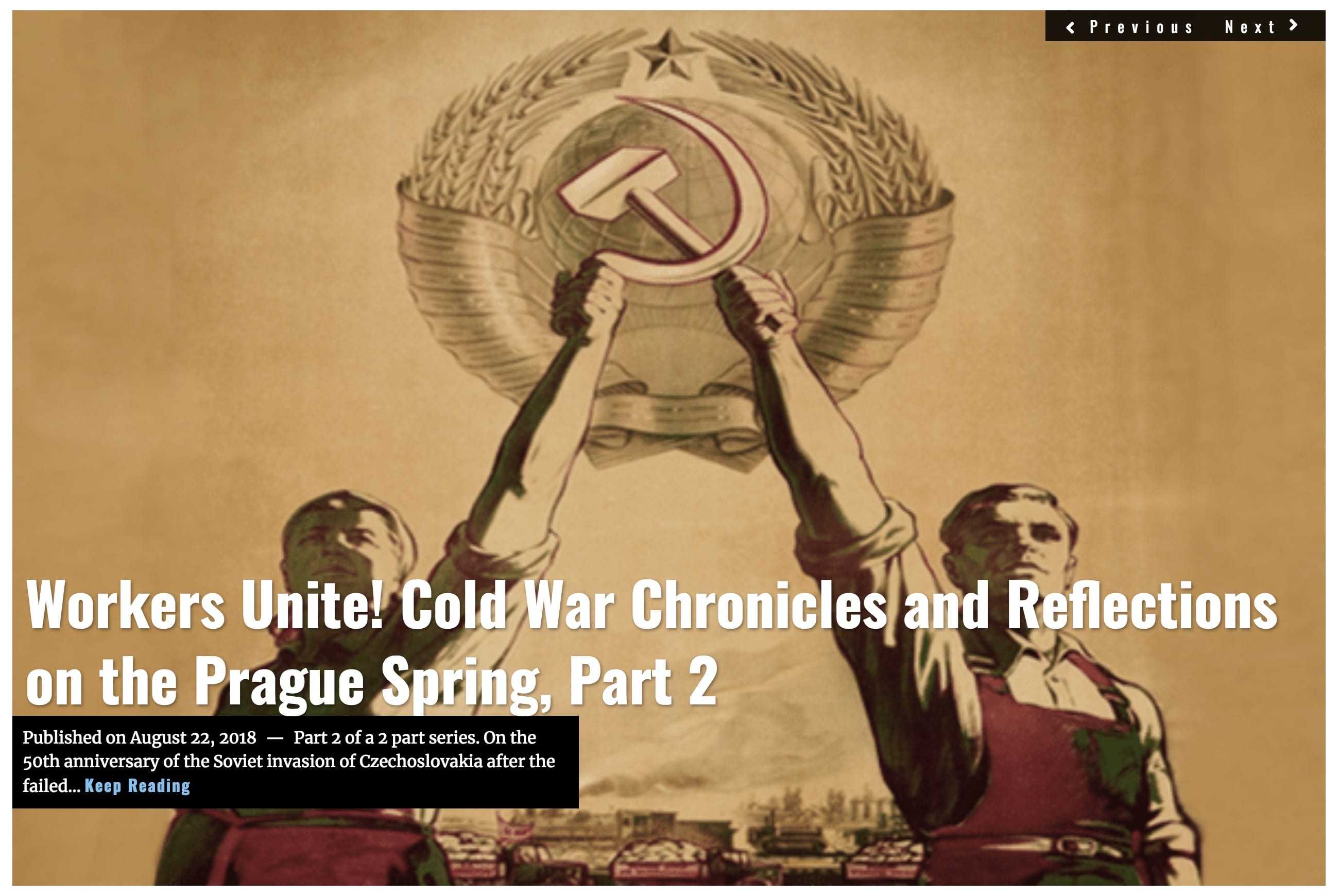
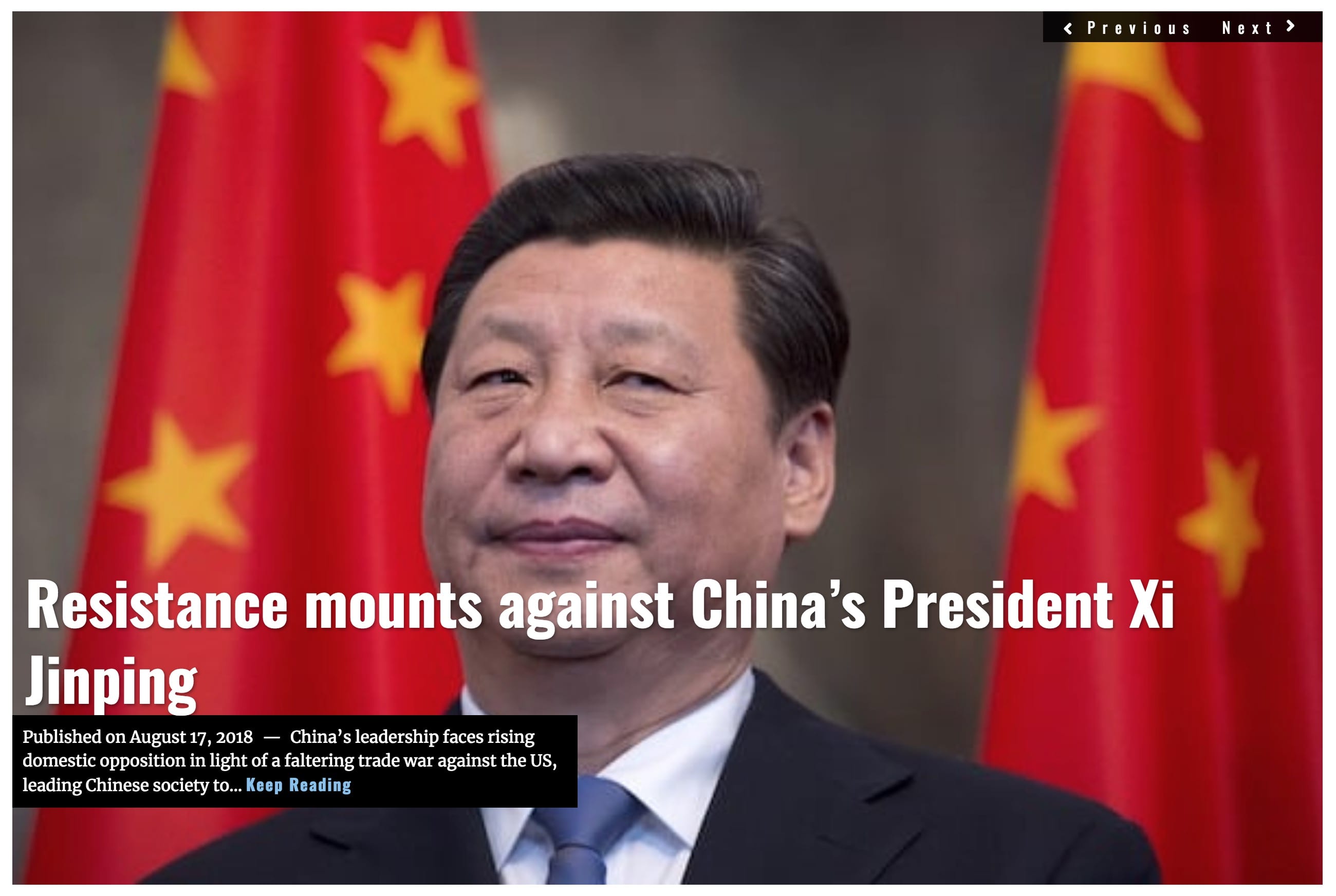
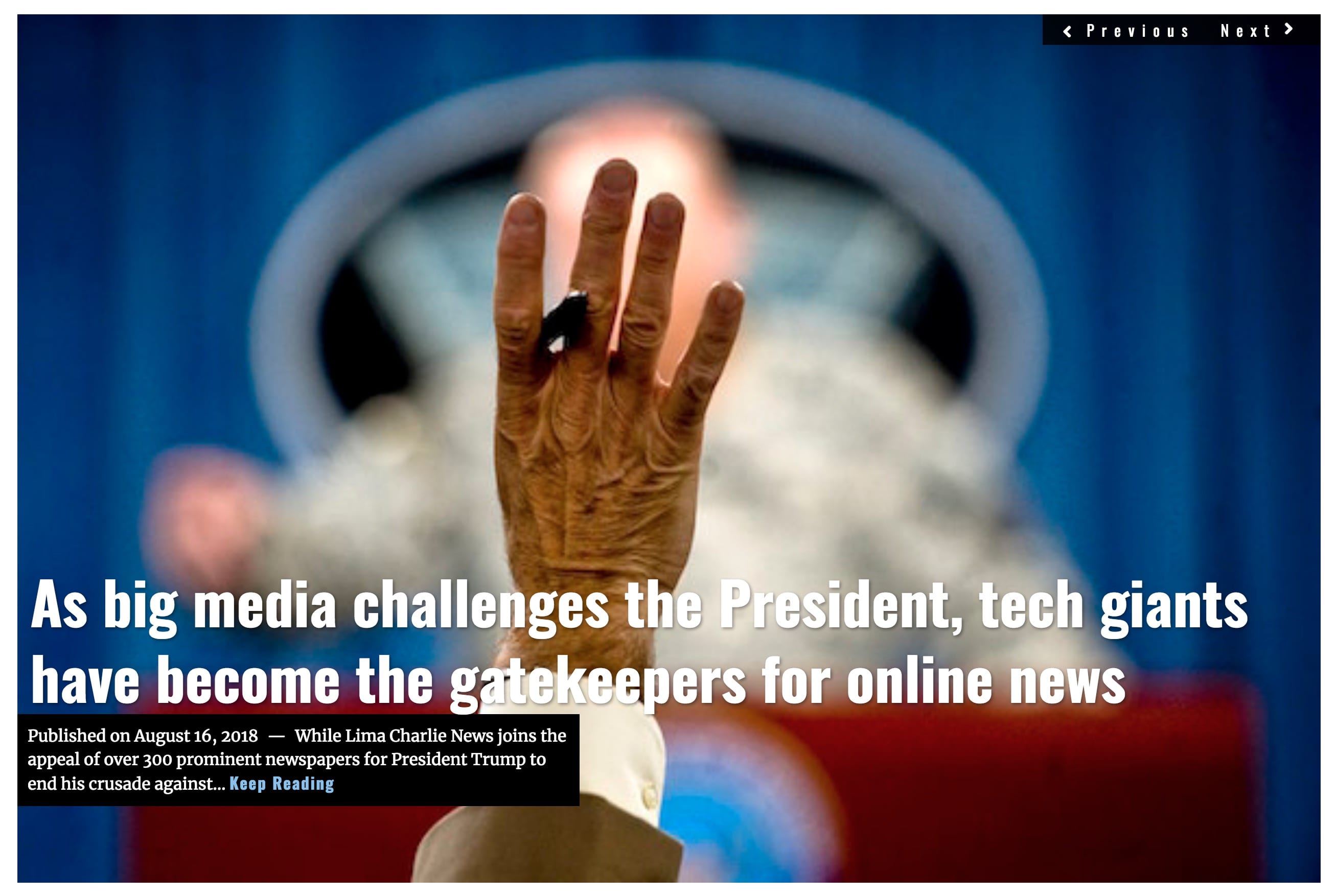
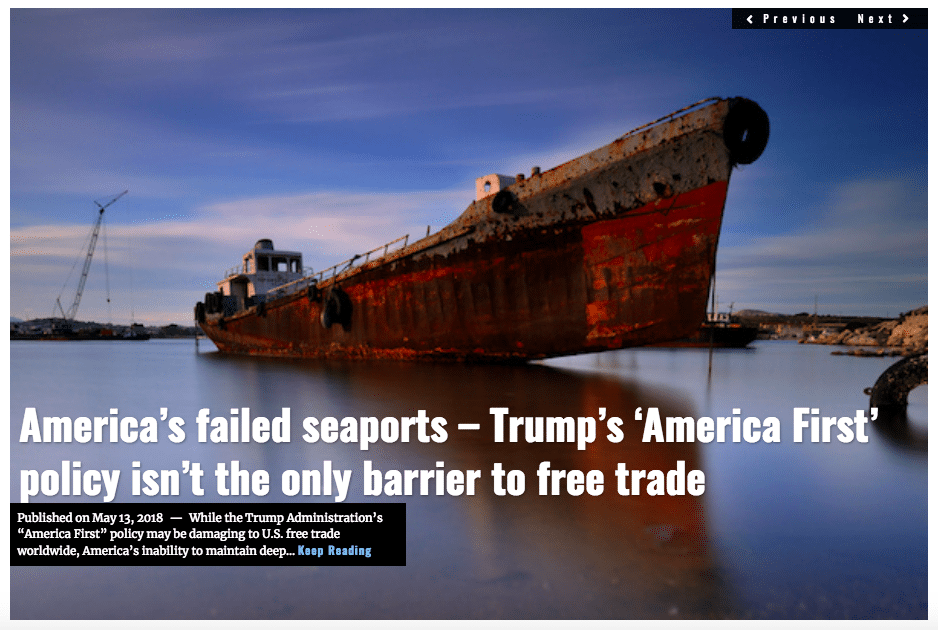
![Iranian crackdown on MEK shows the activist group has popular support [Lima Charlie News]](https://limacharlienews.com/wp-content/uploads/2019/05/Iran-MEK-Lima-Charlie-001-480x384.png)
![The Mind of Bolton - AUMF and the New Iran War [Lima Charlie News]](https://limacharlienews.com/wp-content/uploads/2019/05/Inside-the-mind-of-Bolton-Lima-Charlie-News-main-01-480x384.png)
![Syria’s oil, gas and water - the Immiscible Solution to the War in Syria [Lima Charlie News][Photo: ANDREE KAISER / MCT]](https://limacharlienews.com/wp-content/uploads/2019/05/Syria’s-oil-gas-and-water-480x384.png)
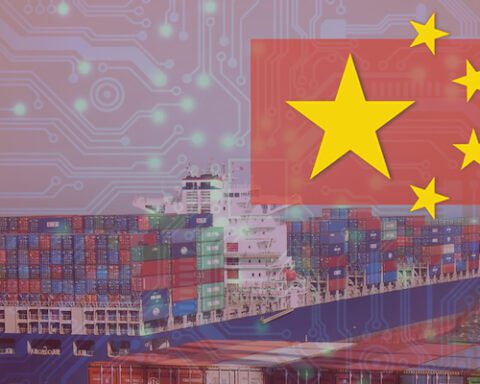
![Africa’s Elections | In Malawi, food, land, corruption dominate [Lima Charlie News]](https://limacharlienews.com/wp-content/uploads/2019/06/Malawi-election-Food-land-corruption-480x384.jpg)
![Image The Rwandan Jewel - Peacekeepers, Conflict Minerals and Lots of Foreign Aid [Lima Charlie World]](https://limacharlienews.com/wp-content/uploads/2019/03/Rwanda-Jewel-480x384.jpg)
![Image Russia's energy divides Europe [Lima Charlie News]](https://limacharlienews.com/wp-content/uploads/2019/03/Russias-energy-divides-Europe-Lima-Charlie-News-480x384.png)
![Iranian crackdown on MEK shows the activist group has popular support [Lima Charlie News]](https://limacharlienews.com/wp-content/uploads/2019/05/Iran-MEK-Lima-Charlie-001-150x100.png)
![The Mind of Bolton - AUMF and the New Iran War [Lima Charlie News]](https://limacharlienews.com/wp-content/uploads/2019/05/Inside-the-mind-of-Bolton-Lima-Charlie-News-main-01-150x100.png)